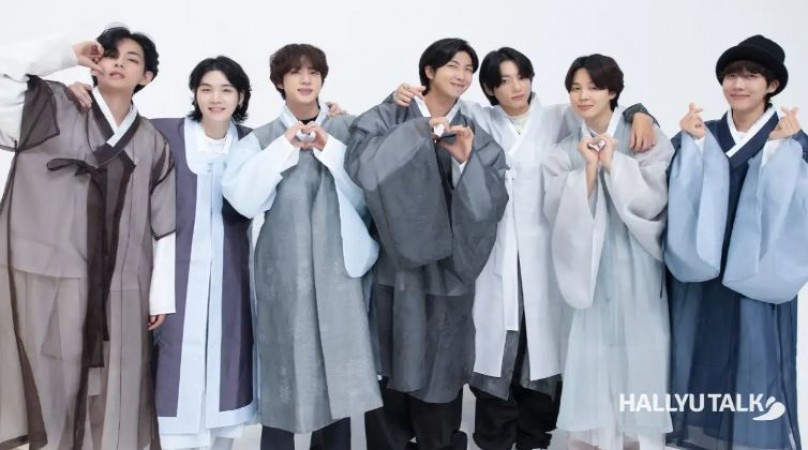
The major mid-autumn harvest festival Chuseok, also known as Hangawi, is a three-day holiday observed in South Korea on the 15th day of the 8th lunar month on the full moon. The moon is very important to South Korea, much like it is to its surrounding Asian nations. The moon is honoured at other celebrations like Seollal (Lunar New Year) and Daeboreum (New Full Moon Day), but during Chuseok, it plays a significant role.
As was previously noted, Chuseok is based on the lunar calendar, which guarantees the day of the harvest of several crops, including rice and soybeans. The moon cycle provided a consistent plan for when to begin and end each year of agricultural activity in traditional societies where people cultivated and fished for a living. Since South Korea was primarily an agricultural nation, the customs have been passed down through the centuries and are now utilised to mark significant dates all throughout the year.
The moon also represents luck and wealth. Koreans pay appreciation to the moon during their festivals and spend their time beneath a full moon with delectable dishes, drinks, and songs, which demonstrates the many positive indicators the moon holds for Korean society.
The moon is also the subject of mythology about a rabbit on the moon. The story opens with three committed Buddhist students—a fox, a rabbit, and a monkey. The Emperor of the Heavens will one day put their faith to the test. The Emperor poses as a beggar and requests food from the animals in disguise. The fox brings back to fish, the monkey brings back fruit, and the rabbit brings back some grass. Each animal goes forth on its own to find nourishment. The rabbit chooses to jump in and set the grass on fire in order to make a stronger offering to the beggar in response to its inadequate tribute. This so affected the Emperor that he named the rabbit the moon's protector. The narrative is based on a Buddhist legend.
The rabbit represents fertility, longevity, and harvest in South Korea, which is significant during Chuseok when people harvest new crops and take advantage of the first grains of the year. The rabbit is stated to be standing beneath a gyesu tree, also known as the sacred tree, in the Korean version of the story (also known as tesu trees in India). Because the cinnamon in the tree's bark has therapeutic uses, it is a symbol of longevity. It produces rice cakes, a mainstay of the Korean harvest, which stand for gratitude for the harvest as well as hopes and dreams.
Any South Korean's belief in the moon is significant, and this is seen in the different ways people show their appreciation for it.